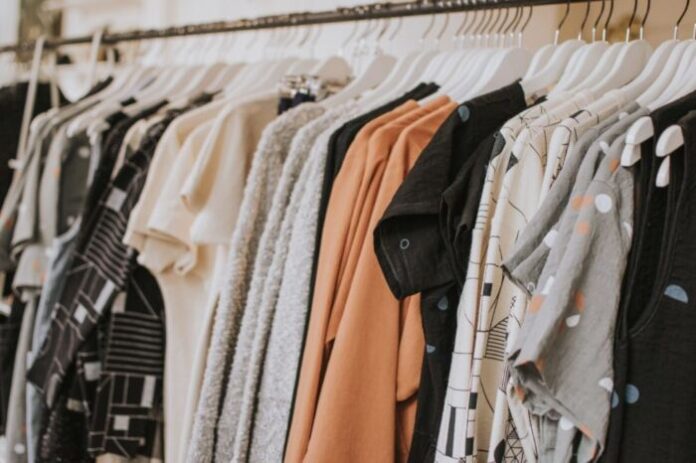
Textiles are fundamental to our society, providing us with clothing, shoes, carpets, curtains, furniture, etc. for homes, offices and public buildings. The textiles industry employs millions of people worldwide, making it among the largest in the world and an important part of Europe’s manufacturing industry. However, textile production and consumption cause significant environmental, climate and social impacts by using resources, water, land and chemicals and emitting greenhouse gases and pollutants.
This according to the report of the EEA’s European Topic Centre on Waste and Materials in a Green Economy (ETC/WMGE) on textiles and the environment in a circular economy. This briefing provides an EU perspective of the environmental and climate pressures from textile production and consumption, and discusses how circular business models and regulation can help move us towards a circular textiles economy.
The textiles market is highly globalised, and millions of producers and billions of consumers across the world are involved in so-called linear value chains. These chains — from raw material extraction to production, transport, consumption and waste — include little or no reuse or recycling. Since 1975, the global production of textile fibres has almost tripled. Today, 60 % of textile fibres are synthetic.
Polyester is the most commonly used fibre, produced from carbon-intensive processes requiring more than 70 million barrels of oil each year. The remaining fibres are mainly from cotton, which uses land and water. In 2014, the number of garments produced globally amounted to nearly 14 new items of clothing per person.
In the EU, there are around 171 000 companies in the textile (including wearing apparel) industry, employing 1.7 million people. In 2017, the EU produced 7.4 kg of textiles per person while consuming nearly 26 kg. The EU is therefore a net importer of textiles (mainly finished products from Asia).
Resource inputs, and the environmental and climate pressures from and impacts of the textiles system occur in every phase: from production of fibres and textile products to distribution and retail, use of textiles, collection, sorting and recycling, and final waste management. Pressures from and impacts of the textiles system, include the use of resources, land and chemicals, and the emission of greenhouse gases.
Regarding total use of primary raw materials in the supply chain for consumption in the EU, clothing, footwear and household textiles represents the fourth highest pressure category after food, housing and transport. These textiles are also the fourth highest pressure category for water use.
Looking at climate change pressures, the production of textiles generates around 15-35 tonnes of CO2 equivalent per tonne of textiles produced. The upstream value chain of clothing, footwear and household textiles consumed in the EU is the fifth highest greenhouse gas emission pressure category.
Increasing the use of green public procurement of textiles could pave the way for scaling up circular business models and increased awareness in society. Education of consumers and the use of labelling plays an important role in encouraging more sustainable textile use, such as reduced consumption, longer use and better maintenance (e.g. by reducing washing temperatures and avoiding tumble drying).
In the collection, recycling and waste treatment stages, it is important that circular business models enable recycling and reuse. Investment is needed to ensure sufficient capacity. EU policies oblige Member States to collect textiles separately by 2025 and to ensure that waste collected separately is not incinerated or landfilled.
Policies also encourages setting up systems for repair and reuse of textiles to prevent waste in the first place. EU and national policymakers could consider future waste management targets, extended producer responsibility, and collection and take-back schemes.
Circular business models supported by regulation and other policies should not only be aimed at circularity on a small scale but also spur systemic change within the whole textiles system towards a circular economy, fuelled by sustainable and safe materials and products.



































